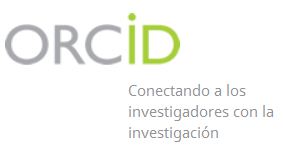Teaching Improvement Strategy about Comprehensive Care of the Elderly
Keywords:
strategy, teaching improvement, elderly.Abstract
Introduction: The World Report on Aging and Health takes society into account and includes comprehensive care for healthy aging; therefore, raising the quality of care for the elderly through the teaching-care management model will contribute to raising the quality of life in these ages.
Objective: To design a teaching improvement strategy about comprehensive care for the elderly aimed at tutors from the Family Medicine residency.
Method: Applied research with a descriptive-evaluative phase and a results assessment phase. The population studied was the universe of tutors from the Family Medicine residency (12). Different variables were studied and surveys and performance guides were used. Absolute frequency, relative percentage and the McNemar test were applied.
Results: The ages 45-54 years (58.3%) predominated. Of the tutors, 41.7% were assistants, while 91.7% were masters or had the researcher category. Good knowledge increased to 100% after the intervention, while very satisfactory performance did so to 91.7%.
Conclusions: The improvement strategy contributed to the increase in the level of knowledge and performance on comprehensive care for the elderly in the tutors, as well as a greater participation in science and technical activities related to the subject.
Downloads
Downloads
Published
How to Cite
Issue
Section
License
Aquellos autores/as que tengan publicaciones con esta revista, aceptan los términos siguientes:- Los autores/as conservarán sus derechos de autor y garantizarán a la revista el derecho de primera publicación de su obra, el cuál estará simultáneamente sujeto a la Licencia de reconocimiento de Creative Commons que permite a terceros compartir la obra siempre que se indique su autor y su primera publicación esta revista.
- Los autores/as podrán adoptar otros acuerdos de licencia no exclusiva de distribución de la versión de la obra publicada (p. ej.: depositarla en un archivo telemático institucional o publicarla en un volumen monográfico) siempre que se indique la publicación inicial en esta revista.
- Se permite y recomienda a los autores/as difundir su obra a través de Internet (p. ej.: en archivos telemáticos institucionales o en su página web) antes y durante el proceso de envío, lo cual puede producir intercambios interesantes y aumentar las citas de la obra publicada. (Véase El efecto del acceso abierto).





